Health exams for: #AGEGROUP#
The following exams, tests, and procedures are recommended for #AGEGROUPLOWER#.#FEMALETEXT#
Select a link from the list below to learn how and why each test is performed, as well how to prepare for it.

The following exams, tests, and procedures are recommended for #AGEGROUPLOWER#.#FEMALETEXT#
Select a link from the list below to learn how and why each test is performed, as well how to prepare for it.
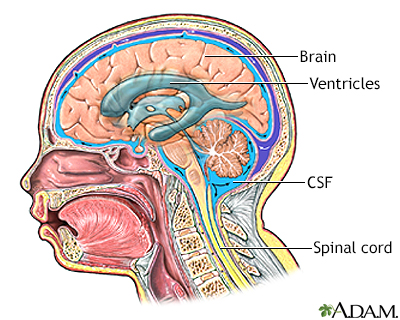
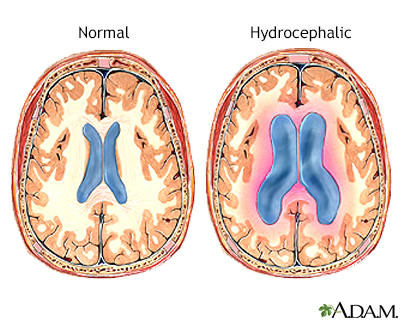
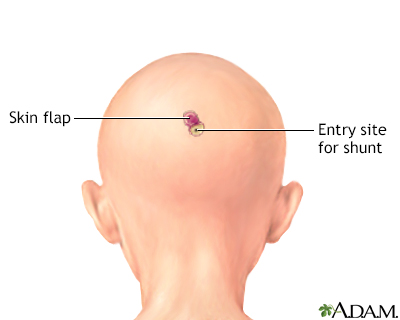
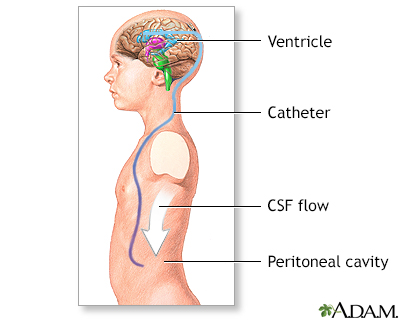
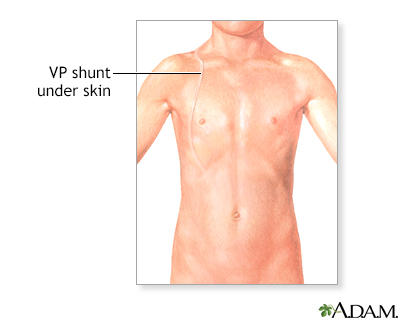
The cerebrospinal fluid (CSF) bathes the brain and spinal cord. Most of the CSF is in the ventricles of the brain, which are large cavities within the brain which produce and reabsorb the CSF.
The cerebrospinal fluid (CSF) bathes the brain and spinal cord. Most of the CSF is in the ventricles of the brain, which are large cavities within th...
In hydrocephalus, the ventricles of the brain become enlarged with cerebrospinal fluid. This condition causes the brain tissue to become compressed against the skull, thus causing serious neurological problems. Shunting, called ventriculoperitoneal shunting, is necessary to drain the excess fluid and relieve the pressure in the brain. This should be done as soon as hydrocephalus is recognized to give the child the best possible neurological outlook.
In hydrocephalus, the ventricles of the brain become enlarged with cerebrospinal fluid. This condition causes the brain tissue to become compressed a...
This procedure is performed in the operating room under general anesthesia. A flap is cut in the scalp and a small hole is drilled in the skull.
This procedure is performed in the operating room under general anesthesia. A flap is cut in the scalp and a small hole is drilled in the skull.
A small catheter is passed into a ventricle of the brain. A pump is attached to the catheter to keep the fluid away from the brain. Another catheter is attached to the pump and tunneled under the skin, behind the ear, down the neck and chest and into the peritoneal cavity (abdominal cavity). The CSF is absorbed in the peritoneal cavity.
A small catheter is passed into a ventricle of the brain. A pump is attached to the catheter to keep the fluid away from the brain. Another catheter ...
Ventriculoperitoneal shunting is often crucial for preventing serious brain damage in children with hydrocephalus. Common problems associated with VP shunts include shunt malfunction and shunt infection. Shunts are generally left in place for many years if they function without problems.
Ventriculoperitoneal shunting is often crucial for preventing serious brain damage in children with hydrocephalus. Common problems associated with VP...
Review Date: 11/9/2021
Reviewed By: Joseph V. Campellone, MD, Department of Neurology, Cooper Medical School at Rowan University, Camden, NJ. Review provided by VeriMed Healthcare Network. Also reviewed by David Zieve, MD, MHA, Medical Director, Brenda Conaway, Editorial Director, and the A.D.A.M. Editorial team.



